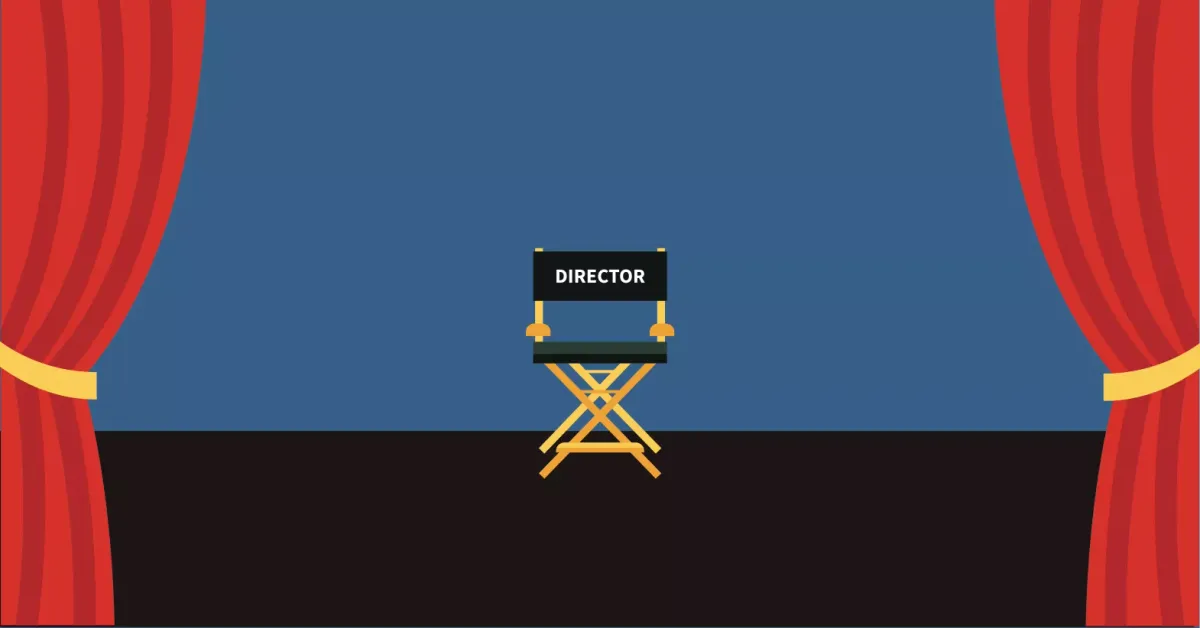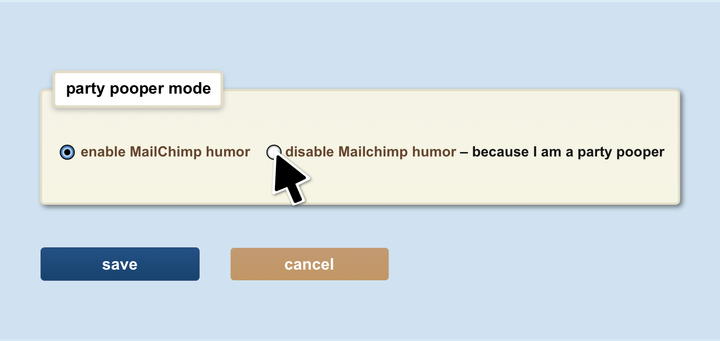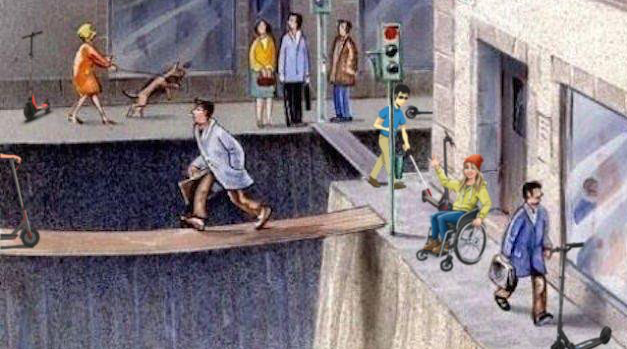Direct your Web Site!

August 25, 1999
YESTERDAY, IGNORANT. TODAY, enlightened. I have truly witnessed the work of a genius, and I am not the first to proclaim that I have. The theatre of Robert Wilson grasped me from the very first moment, held me, shook me, dug a pit in my chest and buried itself inside me.
My fascination lies not only with the piece itself, “A dreamplay” by August Strindberg, but with the manner in which Robert Wilson achieves the mindboggling results that were acted out on stage before my wakening mind.
I can not reminisce how the train that pulls my thoughts brought me to draw parallells with web development but that is exactly what took place. The similarities, but above all: possibilities, are a treat for web professionals seeking inspiration and advice.
ROBERT WILSON STARTS with an empty stage, as we all start with an empty page. His storyboard is first sketched on a block of paper. He spends weeks with the actors, going through movements and expressions on the stage, all without sound. It is not until he is satisfied with the way in which actors movements interact, that he much later begins to add the props, and then the words and later the music.
Through his way of working, Wilson makes the play accessible for everyone. By starting simple, making the story accessible with only movements, expressions and no sound — he makes the story available for those who are hard of hearing, or perhaps do not even speak the language. He then goes on to enhance each actor’s movements with the play’s text, props and music, bringing together a beautiful experience where all the various elements are designed to enhance and justify each other’s presence — all designed to strengthen and clarify the storyboard that was originally drawn up on paper.
IMAGINE FOR A moment that August Strindberg’s written play is our assignment, the stage is our screen, Robert Wilson’s production is the web site and each actor a portion of the site, designed to clarify the message brought forth in our assignment and designed to help each other illuminate the significance and purpose of the web site — hence making the finished production greater than the sum of its parts.
Robert Wilson is in fact teaching us user-friendliness, interactivity, added value and organization. He is faced with much of the same troubles as a web developer. He must limit himself to the area of the stage, to the simple theatrical effects available when it comes to sound and illusion, much in the same way as web developers must limit themselves to screen, browser capabilities and available bandwith. Wilsons’s viewers may sit in the front row or in the very back, WWW viewers may be on a T1 line or a WAP phone. Some viewers will be well accustomed to the theatre and the story, and some will be newcomers. Surfers, similarly, have various levels of maturity and familiarity with the medium.
THE ART OF the matter is using the simplest of elements to present the core message. Added value elements, such as props/graphics and sound must be incorporated as to enhance what’s already on stage/screen without creating a clutter. Each actor/web section must be a part of the whole, interacting and working together to disclose the objective of the production/web site. Scenographic changes must be quick and efficient, without confusing the viewer and the viewer must always be aware of where in the production and fictive “location”, in relation to other scenes, the current action takes place.
Keeping in mind that a good web site tells a “story”, easily guiding the user to the essential/required information, I imagine the number of parallells with the theatrical world we can ascertain are numerous.
I truly believe that by assuming the role of a theatrical director and actually going through the process of putting up a web site production, all web developers will discover aspects of web site storytelling that have not yet been brought to mind. There is a great history and lots to learn from the art of theatre. My advice today is simple: Go forth and direct!




Comment